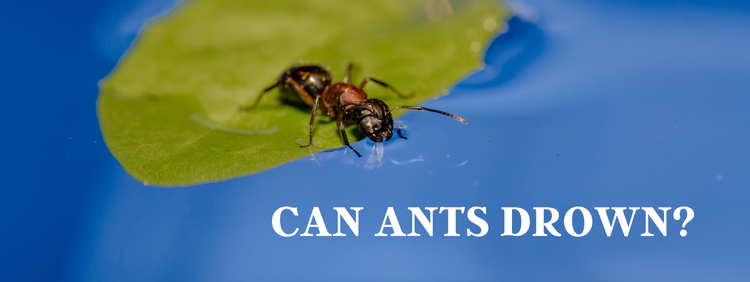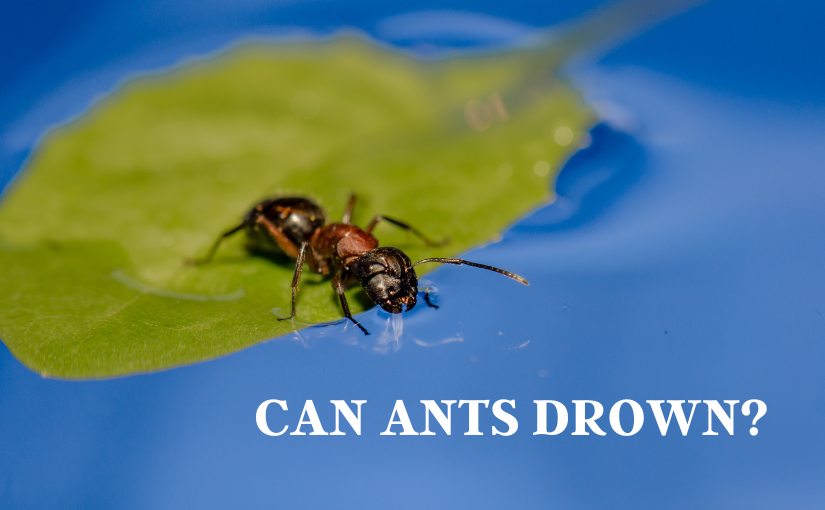
Carpenter ant pest control is very important if you see signs of an infestation because of the widespread structural damage they can cause. You may have heard about ways of getting rid of carpenter ants yourself using simple DIY methods such as pouring water on them. While such methods may be effective in the short term, they are not very efficient and could lead to even bigger problems.
Do Ants Swim?
The short answer to this question is no, ants cannot swim.
If you look at an ant’s body, you’ll see that it consists of three sections: head, thorax, and abdomen. These sections are rather round and bulky. Ants also have six spindly little legs. The legs are strong enough to support an ant’s body even while it is carrying objects many times greater than the ant’s body weight. In other words, they work very well on land.
In the water, it is a different story. A submerged any will flail its legs around as most animals would upon suddenly finding themselves in the water. However, the small size of an ant’s legs prevents them from generating forward force. Therefore, an ant in the water won’t be able to swim to shore. If anything, its body may simply twist uncontrollably in the water while staying more or less in the same place. If the ant is lucky, it may float close enough to shore to escape from the water, but this is no guarantee.
Can Ants Drown?
If ants stay in the water long enough, they will eventually die. However, there is a question about whether this really qualifies as drowning.
Respiration in ants is different than in humans. Ants don’t have lungs or noses. They have mouths, but they don’t use them for breathing. Instead, ants have holes in their exoskeletons called spiracles. The spiracles are connected by tiny tubes within the ant’s body where oxygen exchange takes place.
If water gets inside the ant’s spiracles, it can interfere with the exchange of oxygen and carbon dioxide, just as water in the lungs does for humans. However, ants have the ability to close off their spiracles if they get trapped in the water. This prevents water from penetrating the spiracles, but it also prevents the ant from getting oxygen. Generally speaking, an ant can survive in water with its spiracles closed for up to 24 hours, and some species can survive this way for days.
A lack of oxygen due to the closed spiracles will eventually kill the ant, but whether it counts as drowning if the water doesn’t enter the spiracles is a question for scientists to debate.
Why Isn’t Water Effective at Carpenter Ant Pest Control?
Water is considered cohesive, meaning that its molecules tend to stick together. An ant’s body may be too small to break the surface tension. If this is the case, it may be able to walk on the surface of the water back to dry land.
There are ants that live in low-lying areas prone to flooding. These ants have adapted abilities that allow them to survive in the water for some time. For example, fire ants create rafts by locking their legs together, which allows them to float to safety.
Water isn’t a good way to get rid of a carpenter ant infestation in your home because they make their nests in wooden structures. Even if you could get the water into their tunnels, which would be difficult because their entry holes are very small, the water would warp the wood and attract other pests.
Why Should You Trust Truly Nolen for Pest Control in Guelph?
Our process involves identifying the pests and where they are infesting, assessing the damage they have caused, and determining an effective course of action against them. Learn more about the pest control in Guelph services we offer in your area.
